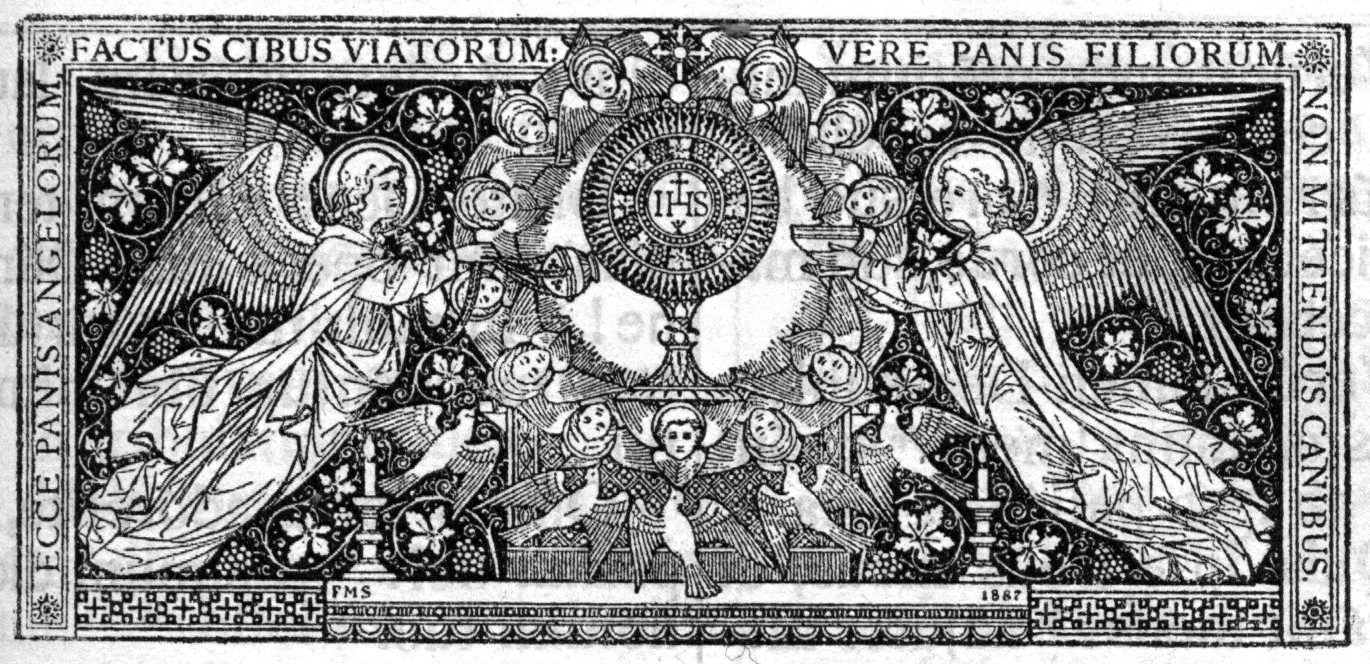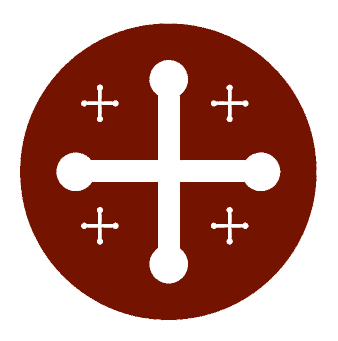What is Benediction?

Benediction of the Blessed Sacrament
At the heart of our faith is that God comes to us in Jesus as the Babe of Bethlehem, who as an adult called a group of disciples to teach them about himself, was crucified on Good Friday and rose again on Easter Day and ascended into Heaven.
The same Jesus promised to be with his followers in the life of the Church in the bread and wine of the altar at every Mass. A ‘Host’ or portion of the consecrated bread is always reserved in the tabernacle at the centre of the High Altar so we can be sure of the Real Presence of Jesus when we come into church. This is why we genuflect (bend on one knee) when coming into church or leaving.
The Tabernacle is often shaped like a tent as it contains the very Presence of God in Jesus, foreshadowed by the Tent of Meeting or Tabernacle in the Old Testament where the Ark of the Covenant was kept. Christians believe that in Jesus is a New Covenant between God and man, and that the Ark of the New Covenant is his body where we too meet God.
The Liturgy of Benediction is in four parts
Exposition of the Blessed Sacrament
The Tabernacle is opened, and a bell is rung to signify that the Real Presence of Jesus in the Host is being exposed in the Monstrance, which the sacred vessel for exposition. It is then placed on the Throne. A bell indicates that we should kneel. Incense is used as a symbol of holiness as we come into the nearer presence of Christ. A hymn, O Salutaris Hostia by S. Thomas Aquinas (O saving Victim), is sung as the priest and servers bow before the Real Presence of Christ.
Adoration of the Blessed Sacrament
There is now a period of prayer and silence where can gaze on Christ in the exposed Sacrament and adore him and rest in his presence on our knees (if you are able) just like Mary did when she ‘took the better part’ in the House of Bethany, while her sister Martha was too busy. Luke 10:38-42
Benediction of the Blessed Sacrament
God’s priests are given the authority to bless in the name of the Trinity by making the sign of the cross. Benediction is a more intense experience of this as the sign of the cross is made with Jesus himself, fully present in the Sacred Host. To prepare for this, incense is used again and a hymn of adoration, Tantum Ergo (Therefore we before him bending) by S. Thomas Aquinas, is sung as the priests and servers bow profoundly. The Humeral Veil is placed around the priest’s shoulders so that he can use it to handle the Blessed Sacrament in the Monstrance, showing the utmost reverence for the holy task entrusted to him. A bell is rung to let the congregation know Benediction is taking place so they can bow their heads and make the sign of the cross as they receive this Blessing. The rite concludes with the Divine Praises as we praise God for the blessing we have received by giving thanks for all the other Mysteries of our Faith.
Reposition of the Blessed Sacrament
The Sacred Host is removed from the Monstrance and placed back in the Tabernacle and a bell is rung to indicate that we may now stand and sing our final hymn of worship.
Benediction is celebrated at the end of every 6.30pm Tuesday Mass. All are welcome.
